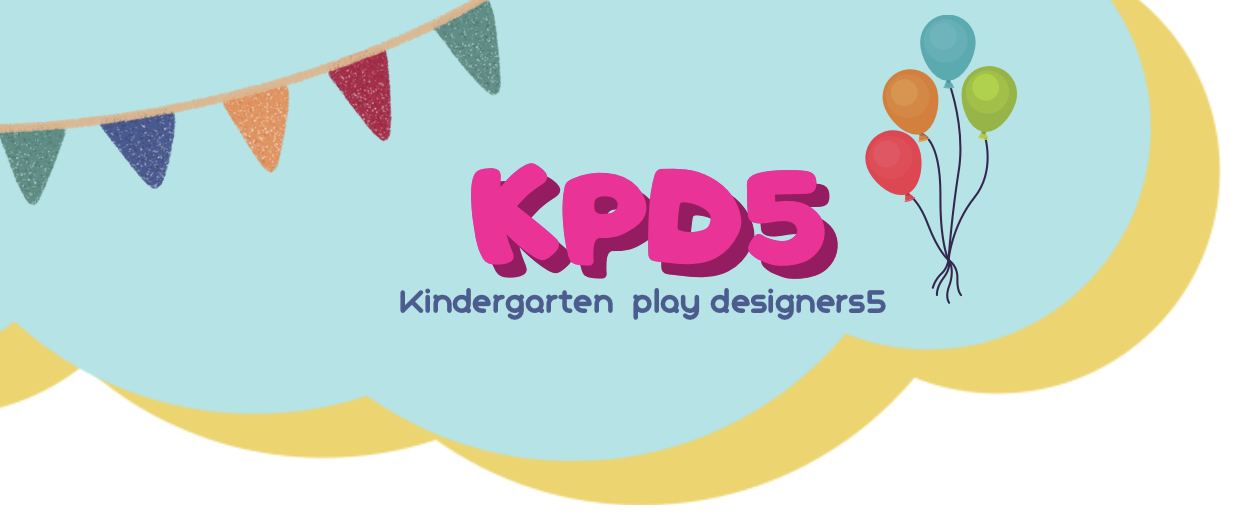As teachers we always are aware that artis not just a playful activity in the preschool classroom. We can emphasize that artit is a vital journey of self-discovery, expression, and learning that lays the groundwork for cognitive development. Moreover, creative art activities help young learners build essential skills that will benefit them throughout their academic and personal lives. We can categorise these skills as below.
Critical Thinking and Problem-Solving Skills
When preschool students engage in art, they are faced with decisions such as selecting colours, choosing materials, and figuring out how to combine various elements into a cohesive creation. These challenges encourage children to experiment, evaluate outcomes, and adjust their methods based on trial and error. As a result of all these activities, they develop critical thinking and learn that persistence and creativity can overcome obstacles.
Memory and Attention Enhancing
Art activities often require following multi-step processes; from planning a painting to assembling a collage. This process helps young learners practice remembering sequences and focusing on detailed tasks. As they work through each stage, their visual memory strengthens, and their ability to concentrate improves, providing a strong foundation for later academic skills such as reading and mathematics.
Language Development through Art
The creative process naturally helps children to think multidirectional and express these with the words. During the creation of art works, children describe their work, explain the choices they make, or tell stories about their creations, they expand their vocabulary and practice constructing sentences. These rich, meaningful interactions not only improve their language skills but also enhance communication abilities, allowing children to articulate their thoughts and feelings with confidence.
Fine Motor Skills Development
Working with materials like paintbrushes, crayons, scissors, and clay develops the small muscles in a child’s hands and fingers. These fine motor skills are crucial not only for art but also for tasks like writing, tying shoes, and other everyday activities. Through art, pre-schoolers refine their hand-eye coordination and gain a better understanding of spatial relationships as they manipulate various objects.
Therapeutic and Calming Art
For many young children, especially those experiencing stress or anxiety, art offers a safe and calming outlet. Creating art can be a therapeutic activity that allows them to express their emotions non-verbally, build self-esteem, and develop strategies for emotional regulation. In a supportive classroom environment, art becomes a means of contributing to a balanced emotional development.
Enhancing Collaboration
Art projects in the preschool setting often encourage group work and shared creativity. By collaborating on projects, children learn the importance of teamwork, listen to one another’s ideas, and build empathy. The act of creating together fosters a sense of community, as children experience the joy of collective achievement while also celebrating individual expression.
Promoting Cultural Knowledge
With the help of art, pre-schoolers can explore diverse cultural expressions and traditions. Exposing children to various artistic styles and culturally significant artifacts, sparks curiosity and opens up discussions about different backgrounds. This exposure not only enriches their understanding of the world but also cultivates respect and empathy for people from diverse cultures.
Conclusion
With the frame of all these important ideas, as teachers, we would like to emphasize that art is an indispensable element in the holistic development of preschool students. It helps to develop critical thinking, sharpens memory and attention, fosters language and fine motor skills, and provides a therapeutic outlet. Besides, it helps to promote collaboration and cultural awareness. By integrating art into early learning environments, teachers empower children to explore their limitless potential by helping to raise creative, confident, and well-rounded individuals ready to face future challenges.
In our Miro: My Incredible of Rainbow Learning Project, we were very closely experienced these transformative and supportive benefits. The Miro project demonstrated how art-based activities can effectively stimulate cognitive development and emotional well-being in preschool students. The implementation of this real-world project reaffirms that integrating art into early education is not only a theoretical idea but a practical strategy that strongly enhances learning and development of students.
VIDEO LINKS ABOUT ART IN KINDERGARTEN
The article is written by:
Açıkalın Gülçin, Ankara University Development Foundation Private Preschool Turkey
Caprarescu Vasilica, Kindergarten no.94 Bucharest Romania
Christou Ioanna, 7th Kindergarten Thessaloniki Greece




